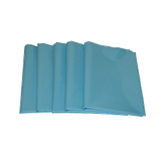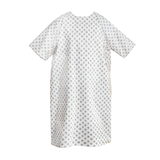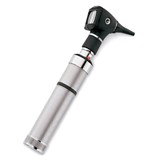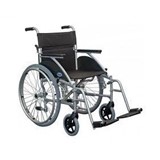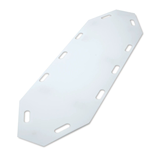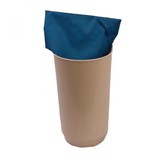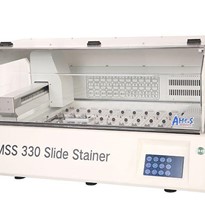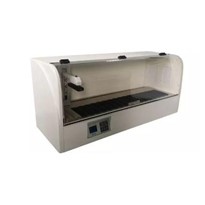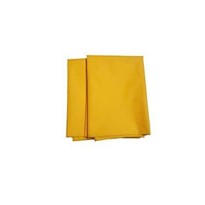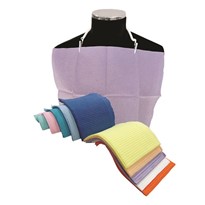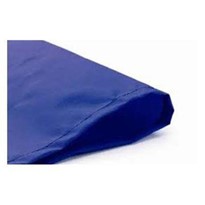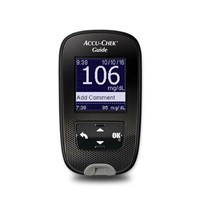The choice of a histology slide stainer is pivotal in achieving accurate and reproducible staining results. With a myriad of options available in the market, selecting the right slide stainer for your laboratory requires careful consideration of various factors. This comprehensive guide aims to assist healthcare professionals and laboratory managers in making informed decisions when choosing histology slide stainers.
Understanding the Importance of Histology Slide Staining:
Histology slide staining enhances the contrast of cellular structures, enabling pathologists to visualize and analyze tissues under a microscope accurately. The choice of a slide stainer impacts the quality and consistency of staining, directly influencing diagnostic outcomes.
Assessing Laboratory Requirements:
Before delving into the features of histology slide stainers, it's essential to assess the specific needs of your laboratory. Consider factors such as daily specimen volume, staining protocols, the variety of stains used, and any specialized staining requirements unique to your practice.
Capacity and Throughput:
Choose a slide stainer that aligns with the daily workload of your laboratory. High-throughput stainers are suitable for large laboratories with a high specimen volume, while smaller units may suffice for institutions with lower processing needs. Evaluate the number of slides that can be processed simultaneously and the overall staining cycle time for optimal efficiency.
Versatility in Staining Protocols:
Look for slide stainers that offer versatility in accommodating various staining protocols. The ability to perform routine H&E (Hematoxylin and Eosin) staining, as well as special stains for specific cellular components or structures, enhances the flexibility of the laboratory.
Automation and Programmability:
Automation in slide staining reduces manual labor, minimizes variability, and enhances reproducibility. Seek slide stainers with programmable protocols, allowing for customization of staining parameters such as time, temperature, and reagent concentrations. Automation also contributes to standardization and consistency in staining results.
Ease of Use:
An intuitive and user-friendly interface is essential for efficient operation. Look for slide stainers with touch-screen displays, easy-to-navigate menus, and user-friendly software interfaces. Training requirements for laboratory staff should also be considered when assessing usability.
Maintenance Requirements:
Choose slide stainers with low maintenance needs to minimize downtime and ensure continuous laboratory operations. Evaluate factors such as ease of cleaning, routine maintenance procedures, and the availability of technical support and replacement parts.
Staining Quality and Reproducibility:
Staining quality is a paramount consideration when selecting a slide stainer. Look for systems that consistently produce high-quality, reproducible staining results. Features such as reagent management systems, automated mixing, and controlled temperature settings contribute to optimal staining performance.
Safety Features:
Ensure that the slide stainer complies with safety standards and regulations. Features such as fume extraction systems, secure loading mechanisms, and user safety protocols contribute to a safe working environment for laboratory personnel.
Integration with Laboratory Workflow:
Consider how well the slide stainer integrates with other laboratory equipment and information systems. Seamless integration with histology laboratory information systems (LIS) can enhance workflow efficiency, reduce errors, and improve overall laboratory management.
Cost Considerations:
Evaluate the total cost of ownership, including the initial purchase price, maintenance costs, and any additional accessories or consumables required. While it's important to invest in quality equipment, consider your budget constraints and weigh the cost against the features and benefits offered.
Customer Reviews and References:
Research customer reviews and seek references from other laboratories using the slide stainers you are considering. Insights from peers in the field can provide valuable information on the performance, reliability, and user satisfaction with specific models.
Manufacturer Reputation:
Choose slide stainers from reputable manufacturers with a history of producing reliable laboratory equipment. Established manufacturers often provide better customer support, warranty options, and a track record of producing quality instruments.
Conclusion
Selecting the right histology slide stainer is a pivotal decision that directly impacts the efficiency and accuracy of histopathological processes in a laboratory. By carefully assessing your laboratory's needs, considering key features, and evaluating factors such as capacity, automation, ease of use, and staining quality, you can make an informed decision that aligns with your laboratory's goals. Regularly reassess your laboratory's requirements to ensure that your chosen slide stainer remains a valuable asset in the evolving field of histopathology. Keep abreast of technological advancements to stay at the forefront of diagnostic capabilities and enhance patient care.



